You are on the football field, you feel the cool breeze against your sweaty skin, you hear the crowd cheering in the background and your quarterback’s commands. All of a sudden you realize you are lying on the field with coaches and nurses examining you. You are then rushed to a hospital where you find out that you were knocked unconscious and have a concussion. Continuing your path into a football career you get more, and more concussions. You feel more angry, less rational, and that people are after you. These are the early signs of a disease that sounds like a horror movie, CTE.
Chronic Traumatic Encephalopathy is a neurodegenerative disease linked to repeated head trauma. CTE slowly degrades your mental and behavioral abilities. Common symptoms include trouble concentrating, headaches, short term memory problems and changes in behavior including sudden outbursts of anger. Although not hard evidence, a majority of CTE victims usually become paranoid believing people are out to get them. This could be due to CTE commonly damaging the temporal lobe which registers body and facial expressions as well as recognizing faces. There are 4 stages of CTE:
Stage 1: Short-term memory loss, mild aggression and depression and headaches
Stage 2: Severe depression, outbursts and mood swings
Stage 3: Aggression, apathy, memory loss, lack of spatial awareness and executive dysfunction
Stage 4: More severe stage 3 symptoms, paranoia, as well as difficulty with language and muscle movement
These bursts of anger could cause harm to both the patient and the people surrounding them. For example, WWE, at the time WWF, wrestler Chris Benoit killed his wife, his seven-year-old son and himself. Chris was 40 at the time of his death. A later autopsy showed that Chris Benoit had major CTE. As one doctor said, “Benoit’s brain was so severely damaged it resembled the brain of an 85-year-old Alzhiemer patient.”
Another famous CTE patient was NFL New England Patriot Aaron Hernandez. Hernandez allegedly murdered Daniel de Abreu and Safiro in 2012 but was found innocent despite tons of evidence. He was found guilty of murdering Odin Leonardo John Lloyd in 2013.
Hernandez was sentences to a life sentence in prison without parole. 5 years later, he was found dead in his cell, ruled as suicide. Dr. Ann McKee who studied Hernandez’s brain samples said, “they had never seen such severe damage in a brain younger than 46 years old.”
Finally, Philip Adams, who played for multiple teams in the NFL, his final team being the San Francisco 49ers, went on a violent rampage killing 6 people including two children. The victims were Dr. Robert Leslie, his wife Barbara, their grandchildren Aden and Noah who were 9 and 5 years old and HVAC technician James Lewis. Police eventually tracked Adams to his parent’s house later that day. They tried to coax Adams to come out and to deescalate the situation, but Adam remained inside where he eventually took his own life refusing to surrender. His autopsy concluded that Adams did in fact have CTE.
The earliest descriptions of what is now CTE can be traced back to the 1920s. Dr. Harrison Martland called it “Punch Drunk” after observing symptoms in boxers who exhibited cognitive and motor problems after repeated blows to the head. In 2002, after 77 years of research, Dr. Bennet Omalu published the first evidence of CTE in American football player Mike Webster. Webster’s autopsy was the first hard evidence of football causing permanent brain damage. Despite this, Omalu’s finding had severe back lash, particularly from the NFL and other stockholders in the sport stating that he had little evidence and scientific rigor. These stockholders proceeded to undermine his credibility stating that football was not inherently dangerous. In the 1990s the NFL published that concussions were not as significant towards players’ health. Despite the backlash, Dr. Omalu continued his work and provided more evidence towards CTE in other former athletes.
Around the same time, Dr. Christopher Nowinski was also doing research into CTE in both the NFL and WWE. He eventually got financial aid from the WWE to spread its awareness to their wrestlers and to put in place rules to prevent concussions, such as no longer hitting wrestlers with steel chairs. Unfortunately, some wrestlers do not believe in CTE’s existence such as legends Stone Cold Steve Austin and Hulk Hogan. Dr. Nowinski’s co-funded company Concussion Legacy Foundation had also done the same with the NFL in 2016 but continues to have legal battles with the NHL and FIFA. Through the donation of the bodies of deceased athletes and veterans, CLF has studied over 1,300 brains.
The possibility of a student experiencing CTE sounds almost like a living nightmare waiting to happen. Luckily, MSHS has a concussion protocol put in place if a player shows signs of a concussion and will inform medical professionals of a student in need of attention.
Head football coach Stuart Jeck is obviously concerned about student athletes’ health, especially when it comes to concussions. “We have the best gear that money can buy. We have a really good approach at practice of making sure we’re tackling correctly. Our concussions are way down this year,” Jeck said. “We have top of the line helmets. They get reconditioned every single year. If they’re malfunctioning or their best shelf life ends, we get brand new ones. Just this year, we bought tools called Guardian caps.”
According to MSHS coaches, the sports gear is the best we can get, the most efficient way to prevent head injury and so far it’s working extremely well.
Coaches also urge players to strengthen neck muscles. The idea of neck muscle exercise is definitely not the first thing that comes to mind in the idea of preventing concussions and extent CTE but according to Cameron Jones, the Athletic Director of MSHS, it’s an effective way that we can improve in the prevention of head trauma to our athletes. said, “There’s lots of research saying that a stronger neck helps protect the head from when you have an impact. Strength around the neck, and then also just form,” Jones said.
The athletic department believes they have done the best they can to protect athletes from head trauma. But, medical specialist Nurse Jacque Revello sees it differently. “I think we’ve improved what we’re doing, but I still think there’s room for improvement,” Revello said. “It’s pretty much our responsibility to make sure that the coaches are trained on concussion recognition, and what to do when it happens, and then understanding our protocol, because as soon as we have a student that has a suspected or a diagnosed concussion, the most important thing is we pull them from practice. We don’t want to risk a second brain injury.”
Sports leagues and their stockholders had either silenced or undermined scientists that had tried to spread the word of CTE since the 1920s. MSHS does not support the idea of putting sports entertainment over student health. Revello said “More awareness is needed. I think that prevention starts with awareness and basically setting up a system based on prevention rather than intervention. I think that even educating parents because who plays gets two or three concussions and they’re still playing, as a parent you get scared. And if it was my son who got two or three concussions, I wouldn’t want him to play anymore. So there’s that hard party between the love of the sport, but the risk of injury”

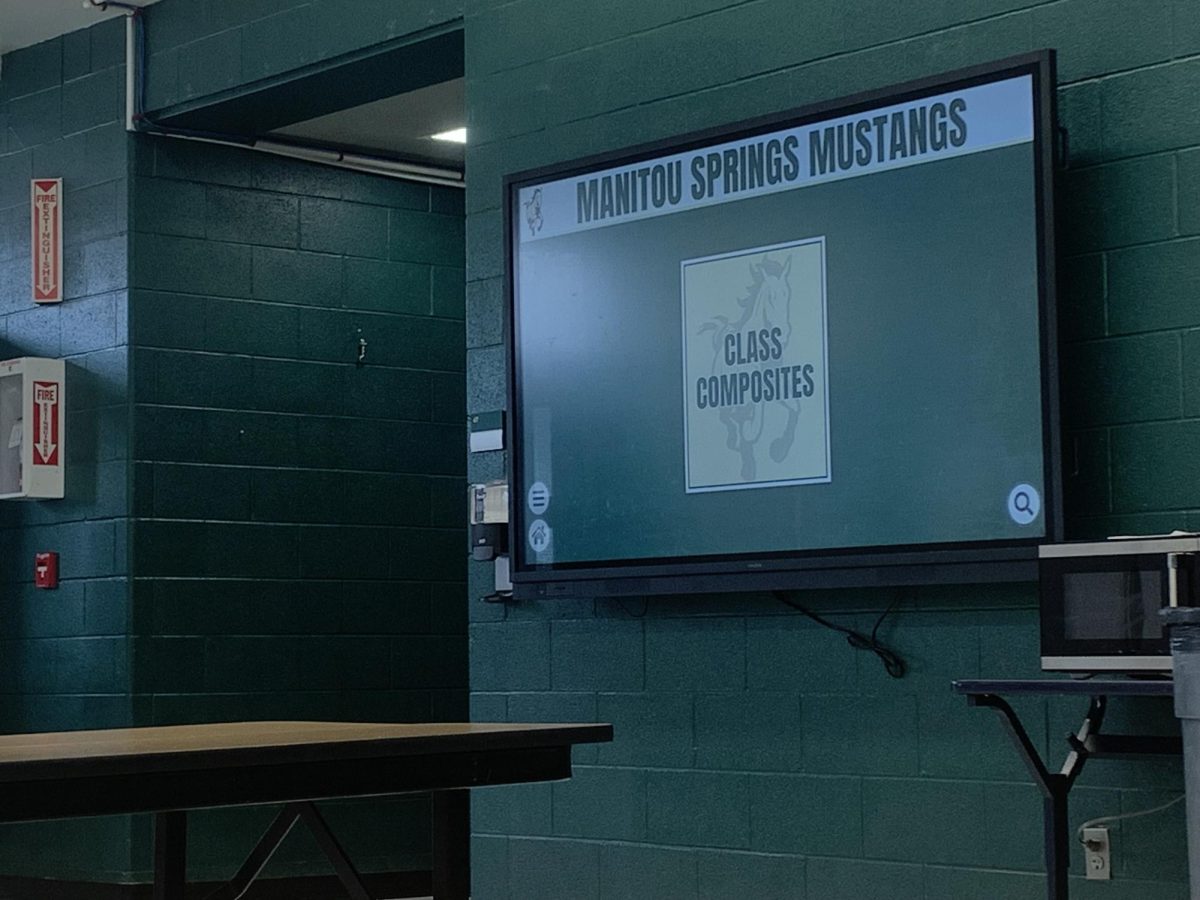
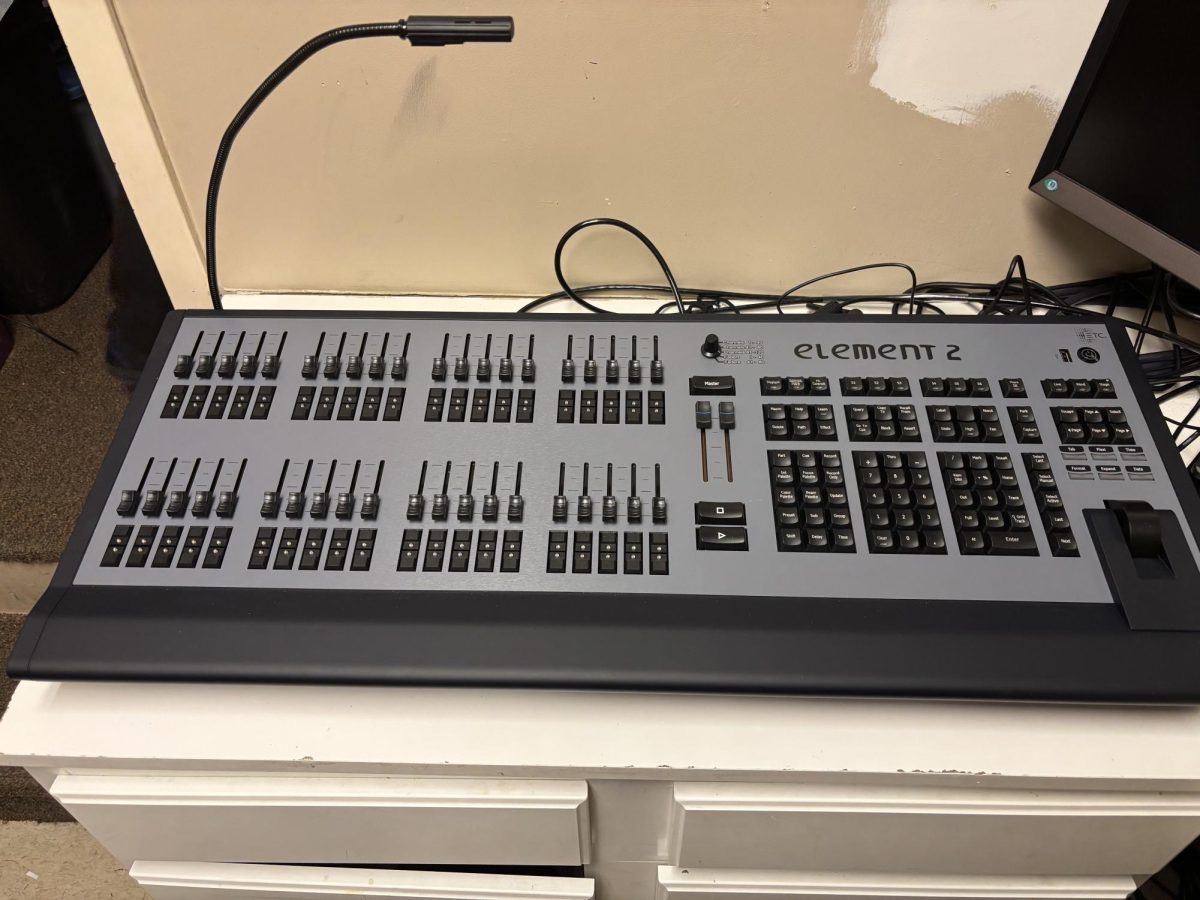




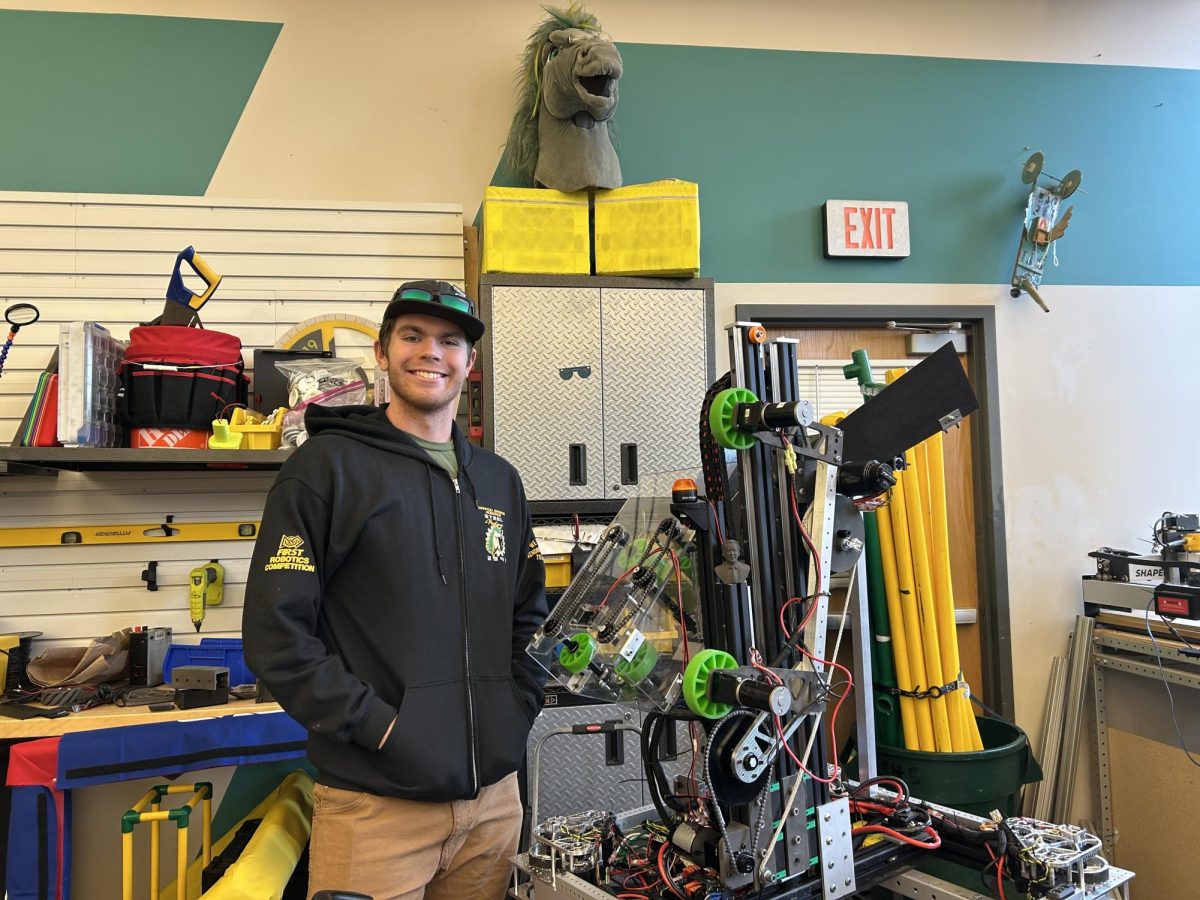



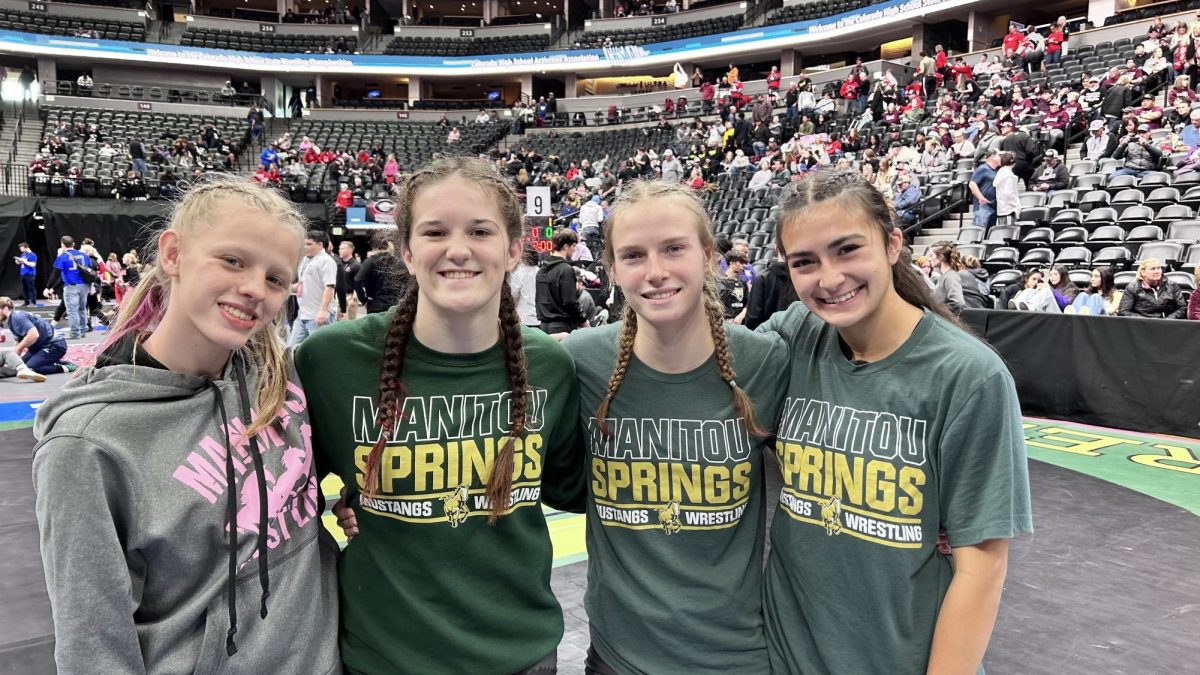

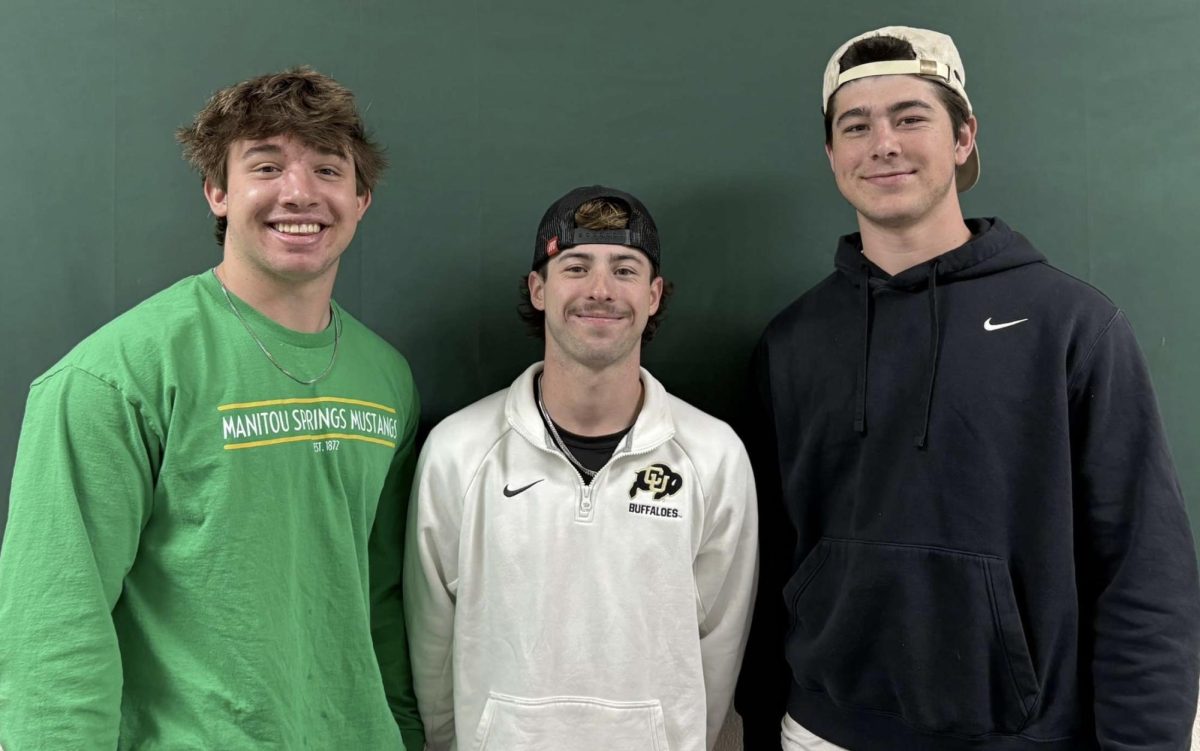
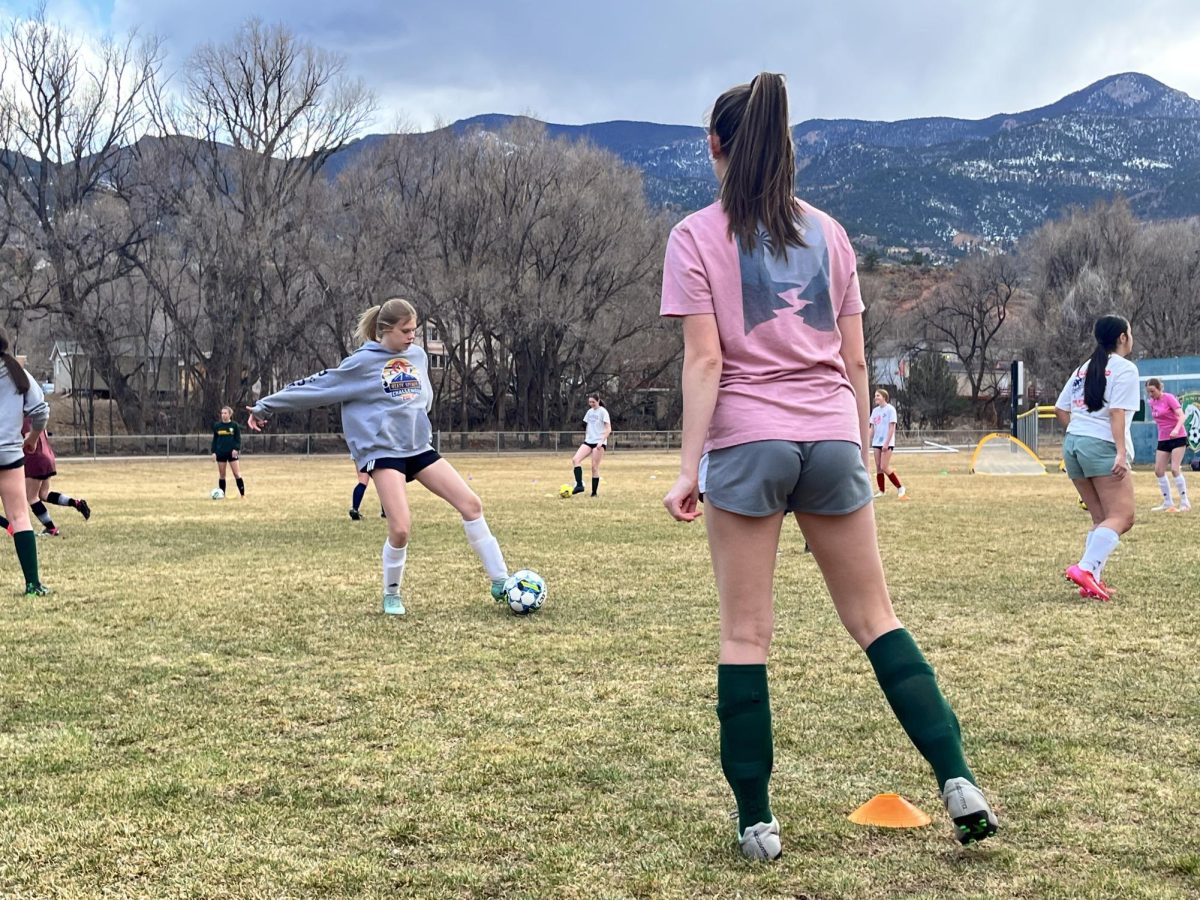




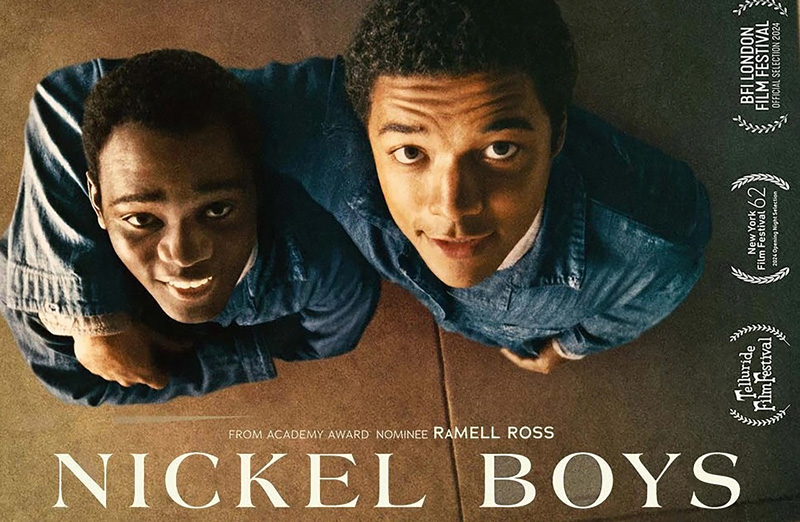


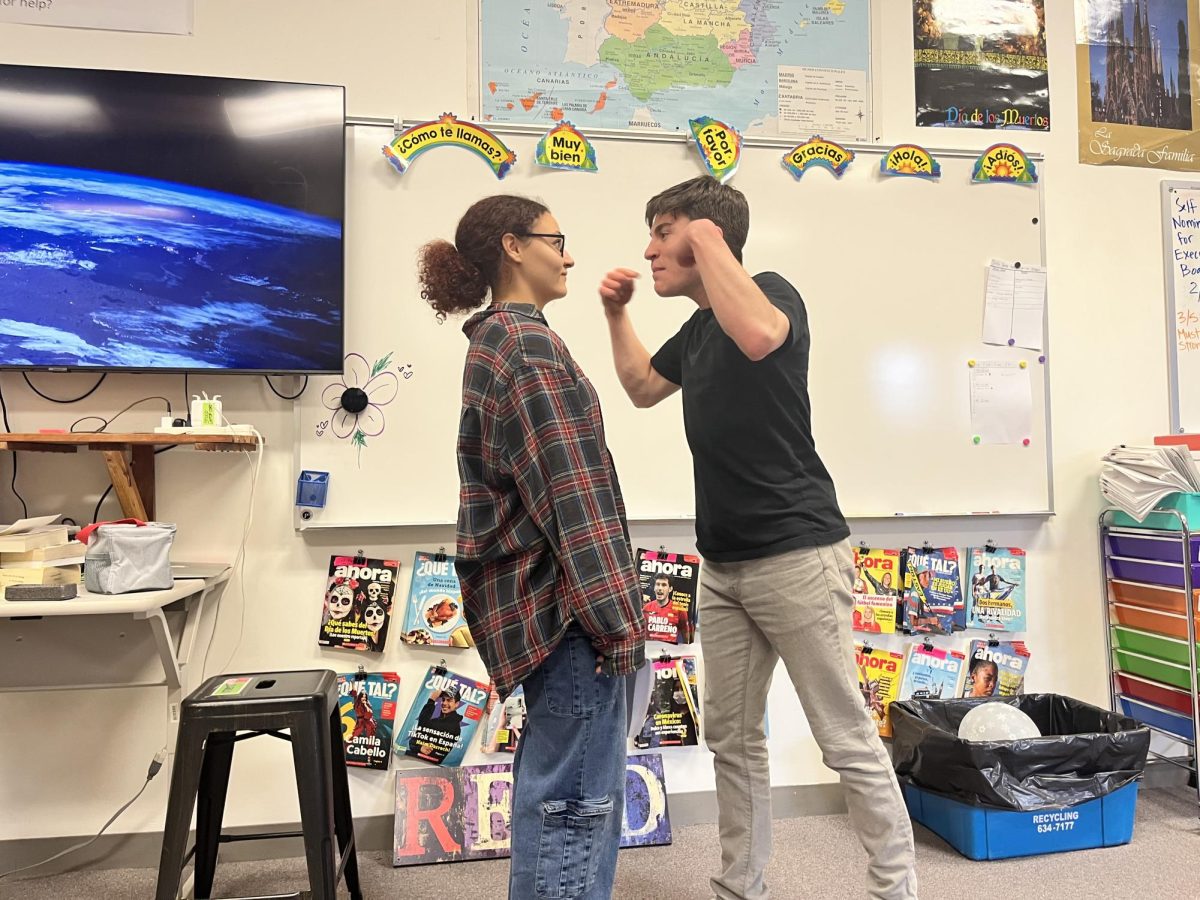

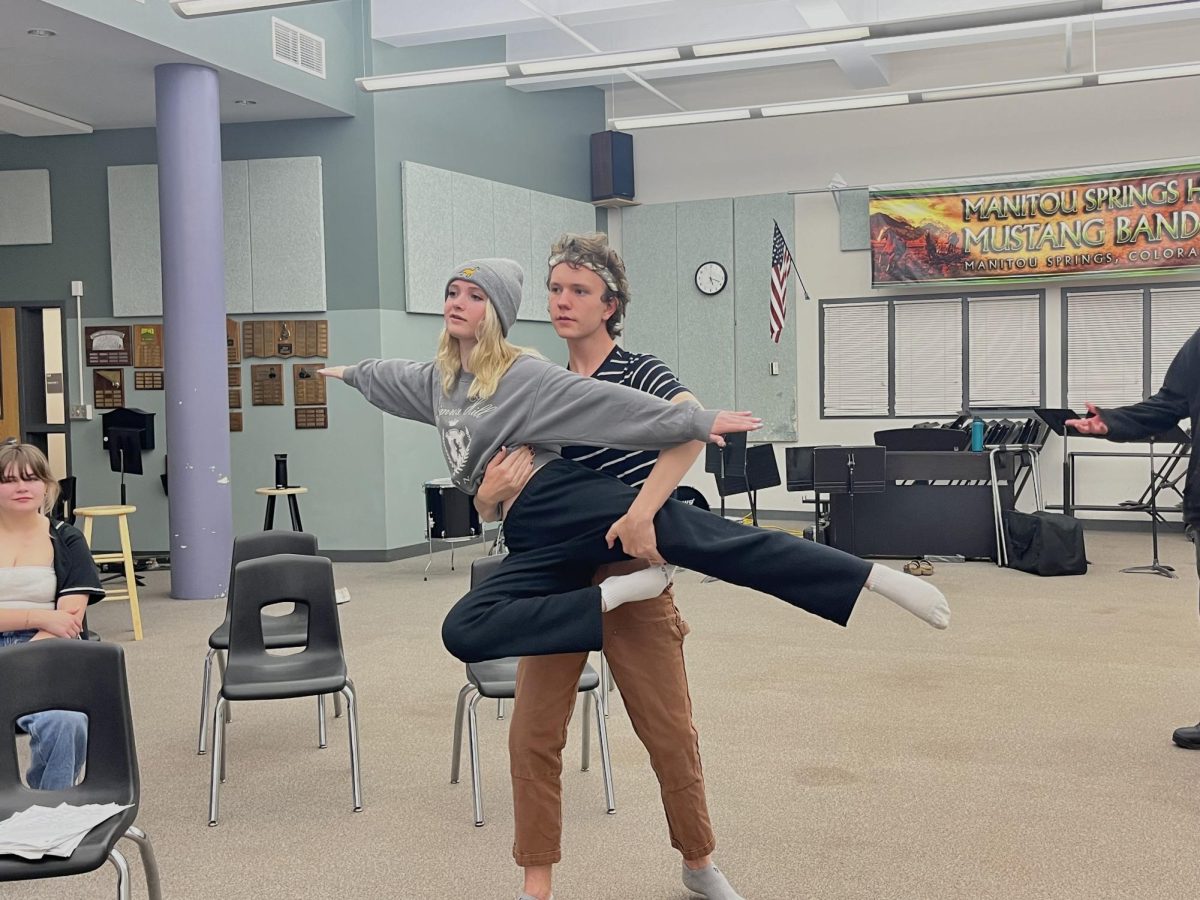
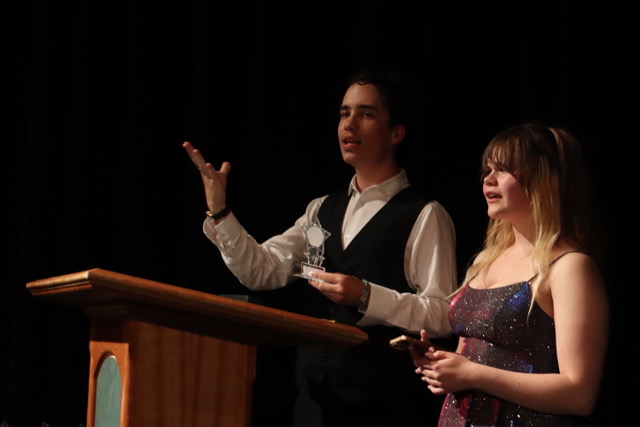
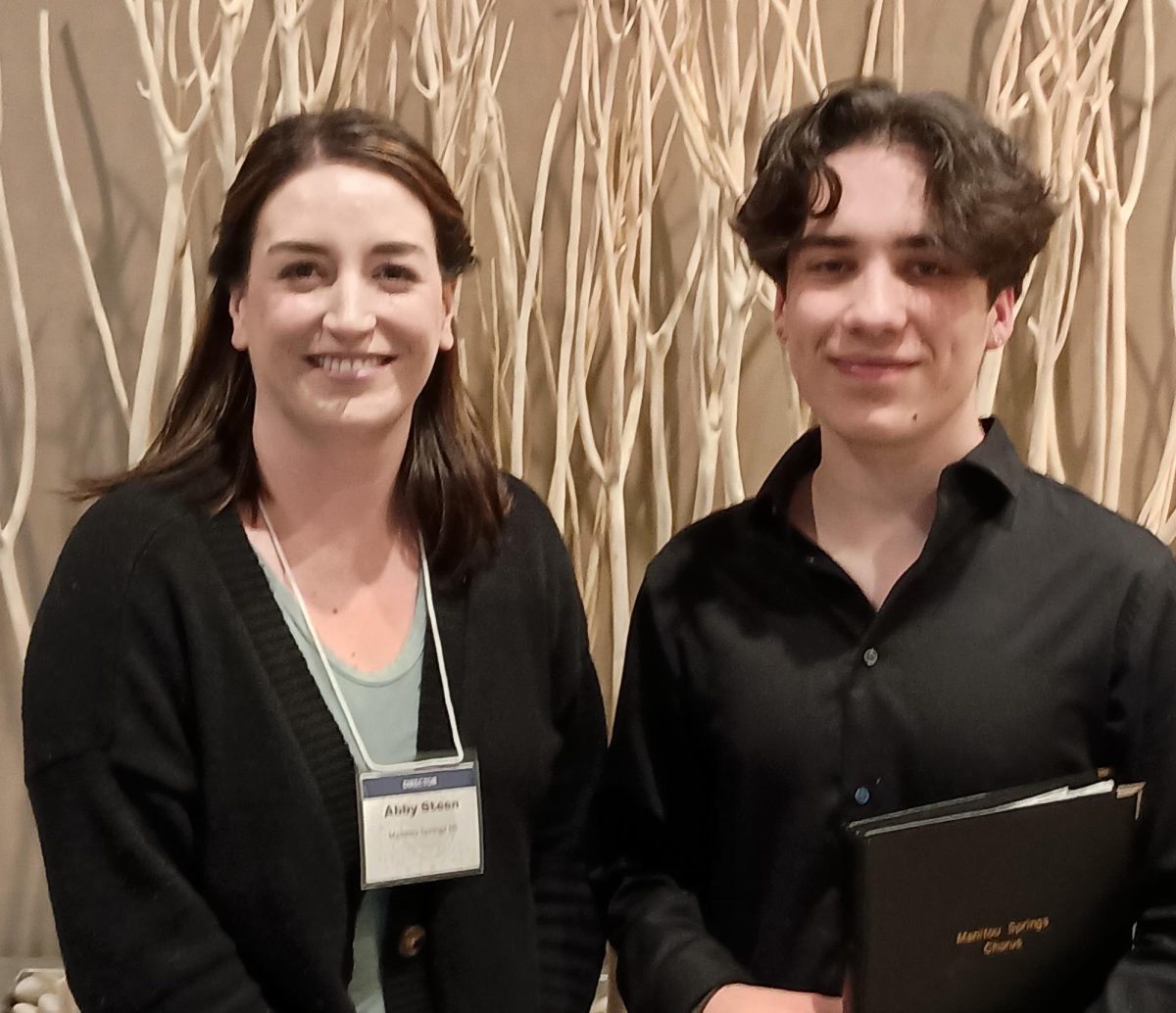

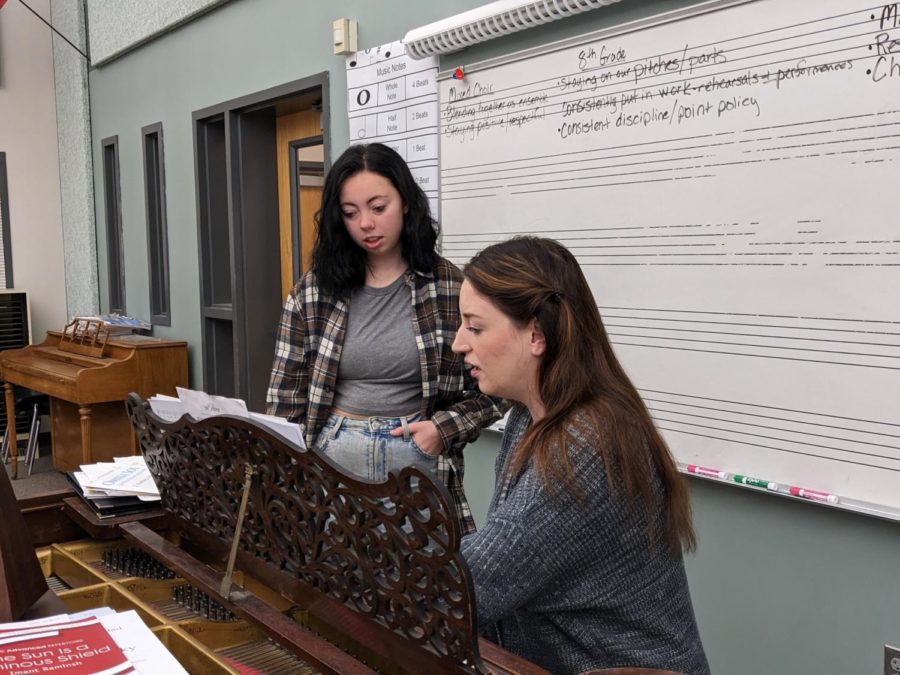
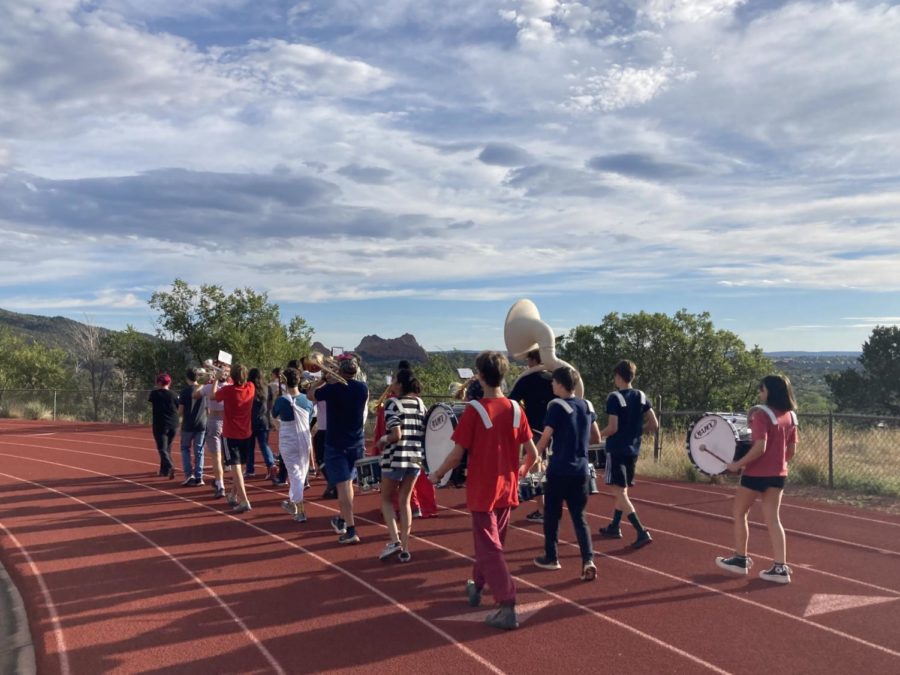
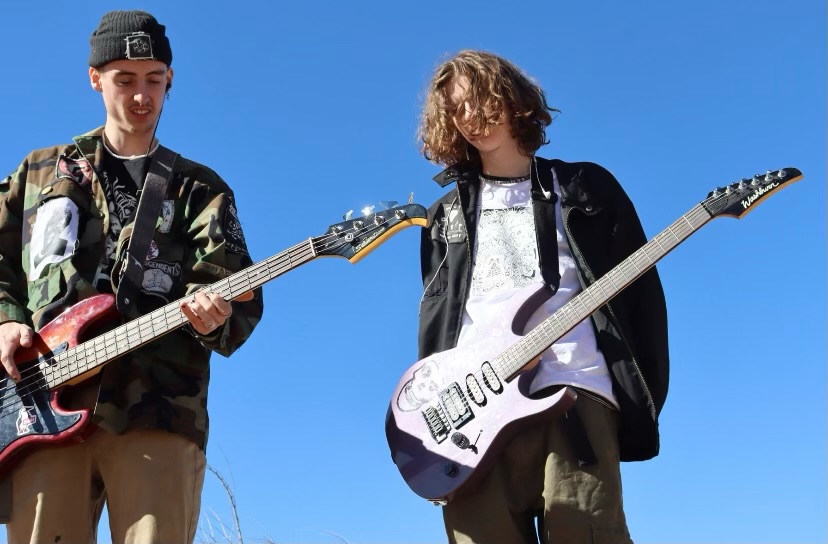
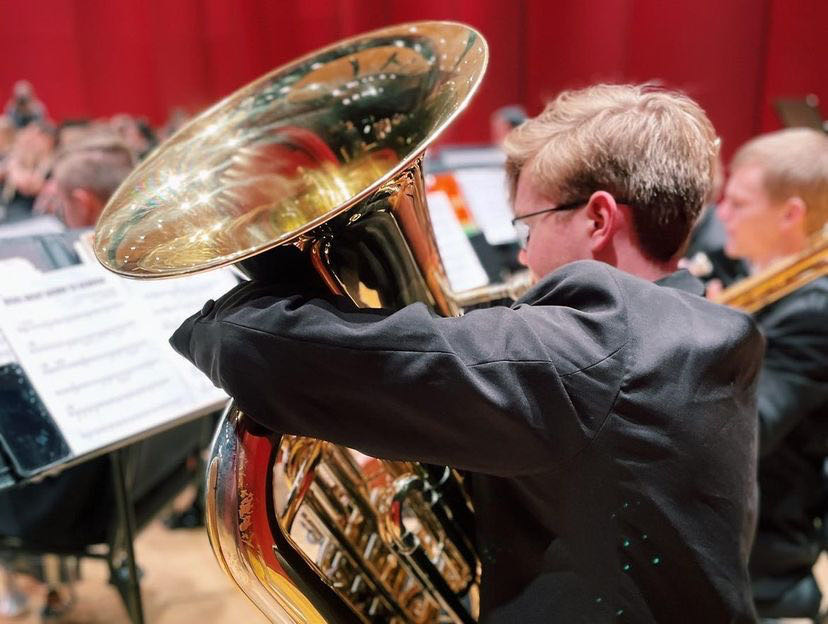
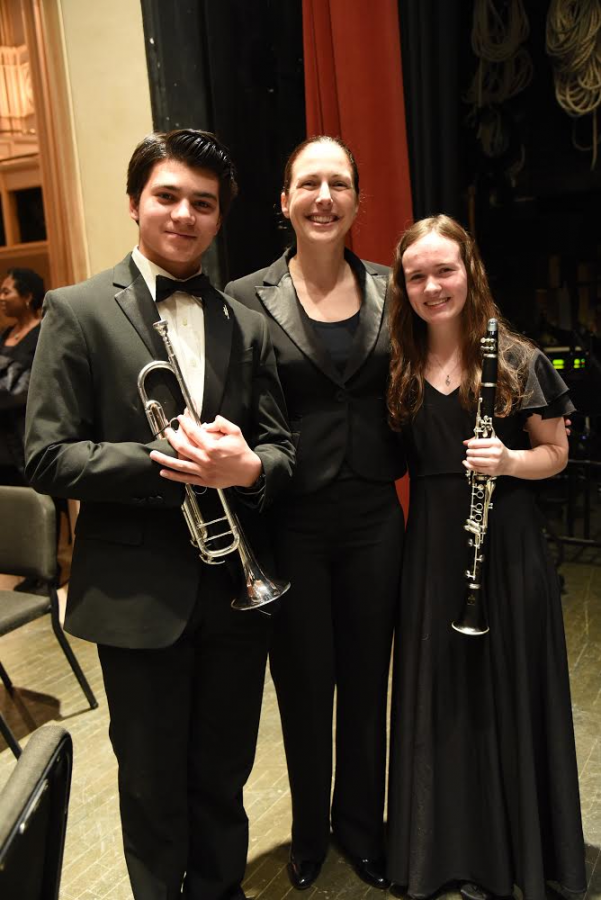
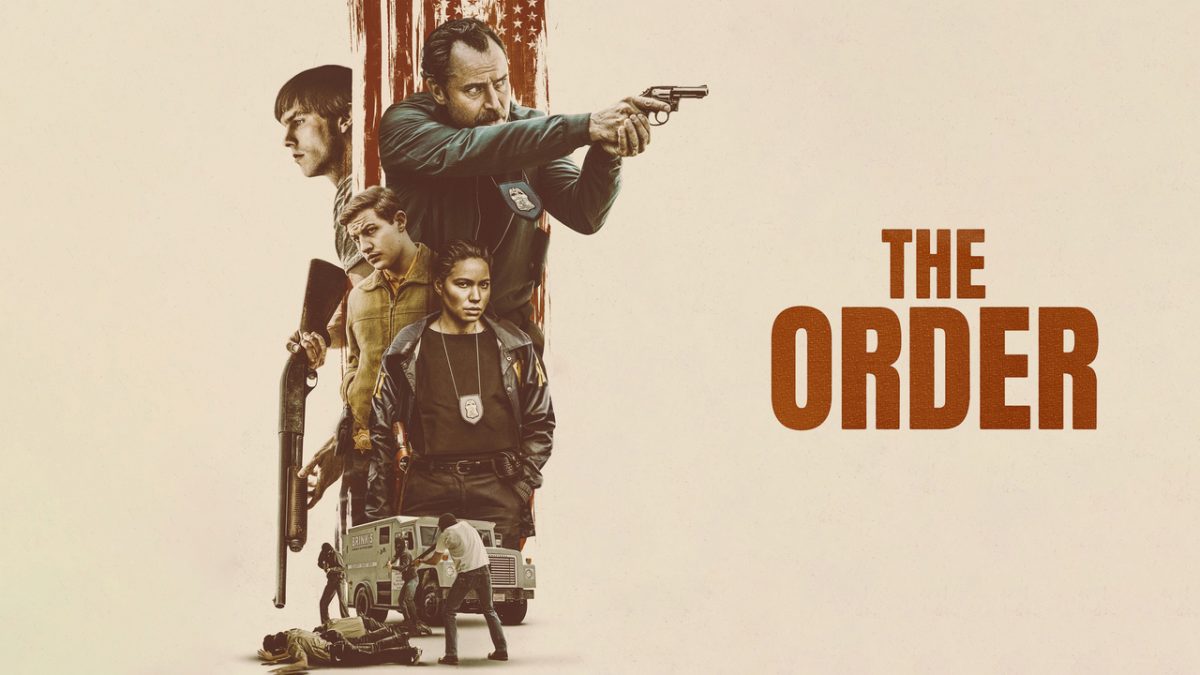
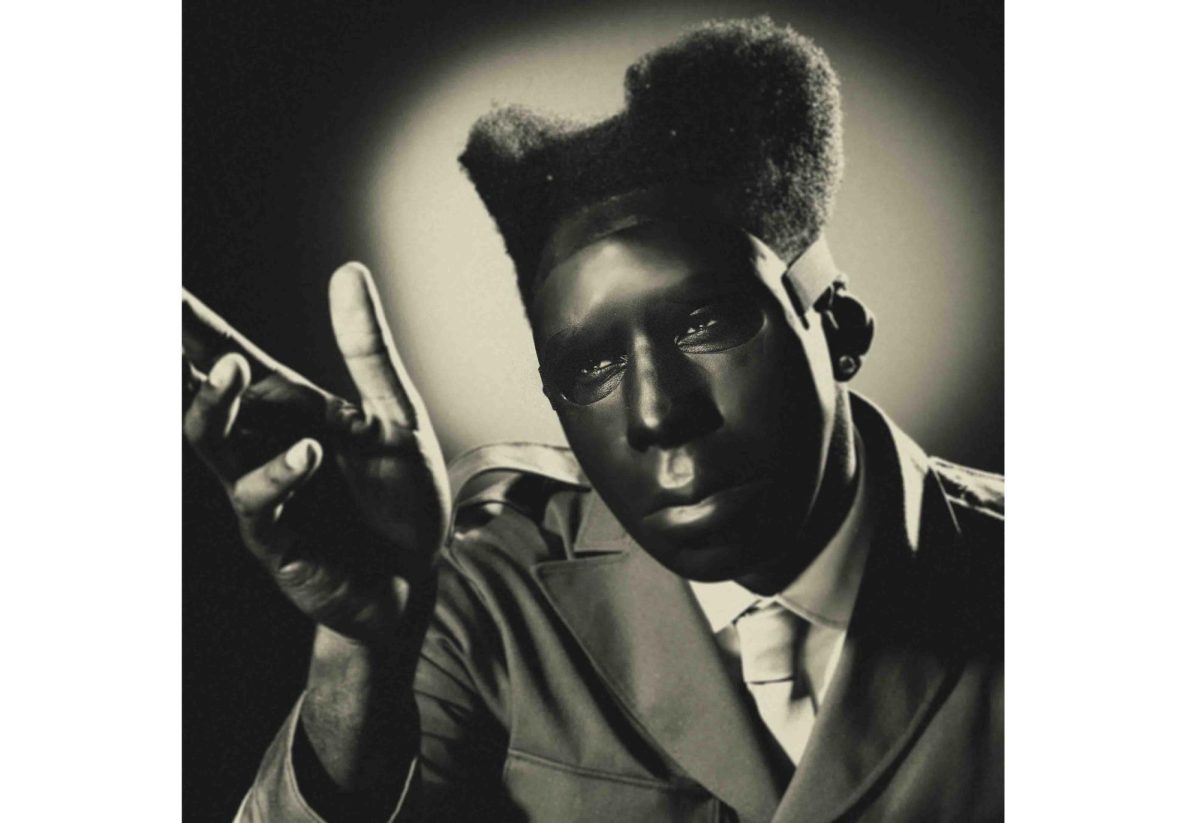


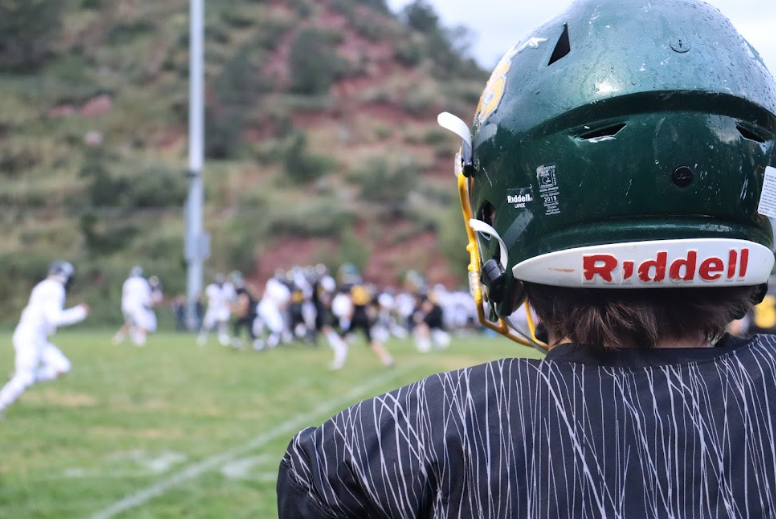
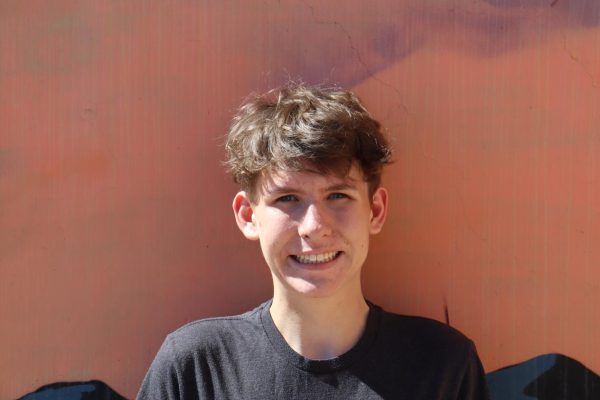
Gracie Esterline • Jan 21, 2025 at 2:01 pm
The increasing fear over CTE in high school players is well shown in this article, which also highlights how the consequences of brain injuries may last well beyond the professional level. Schools have to put player safety first and educate parents and athletes about the lasting consequences of constant head trauma.